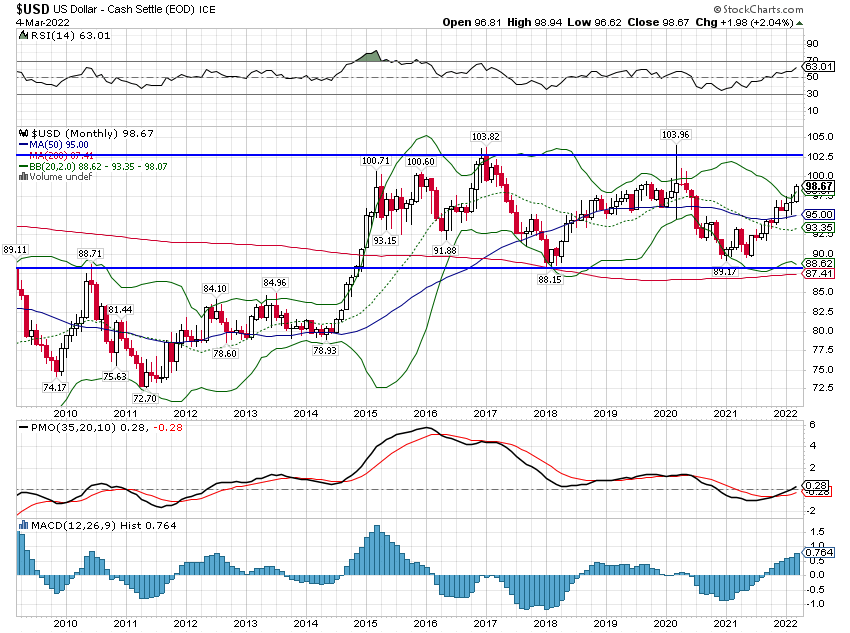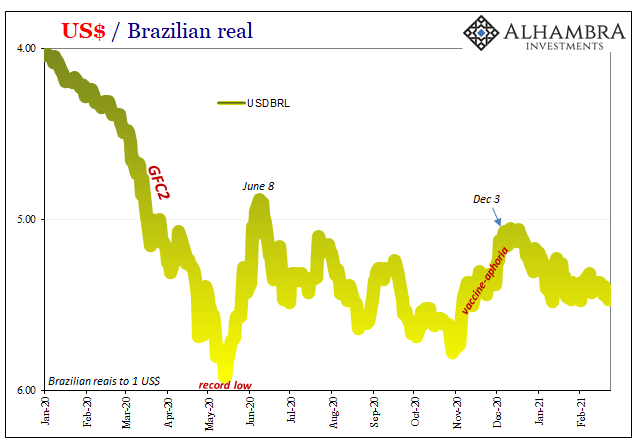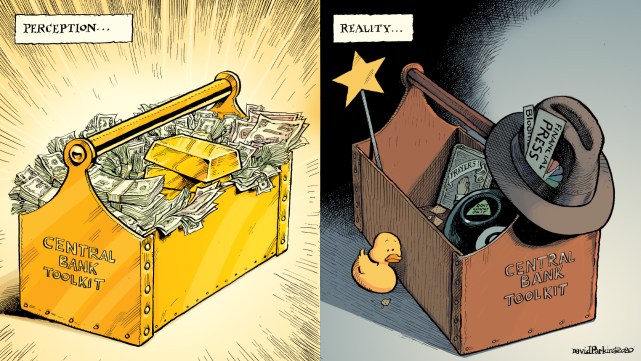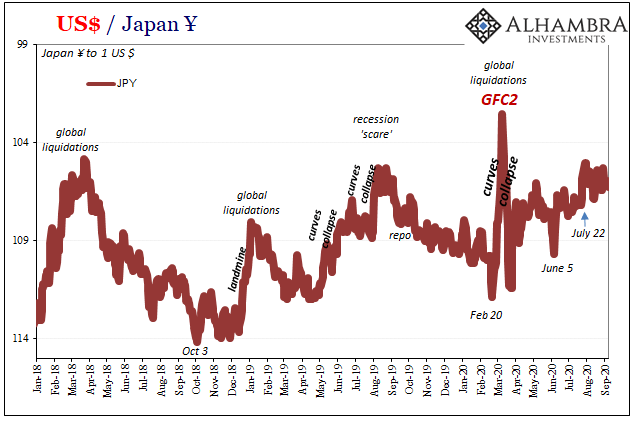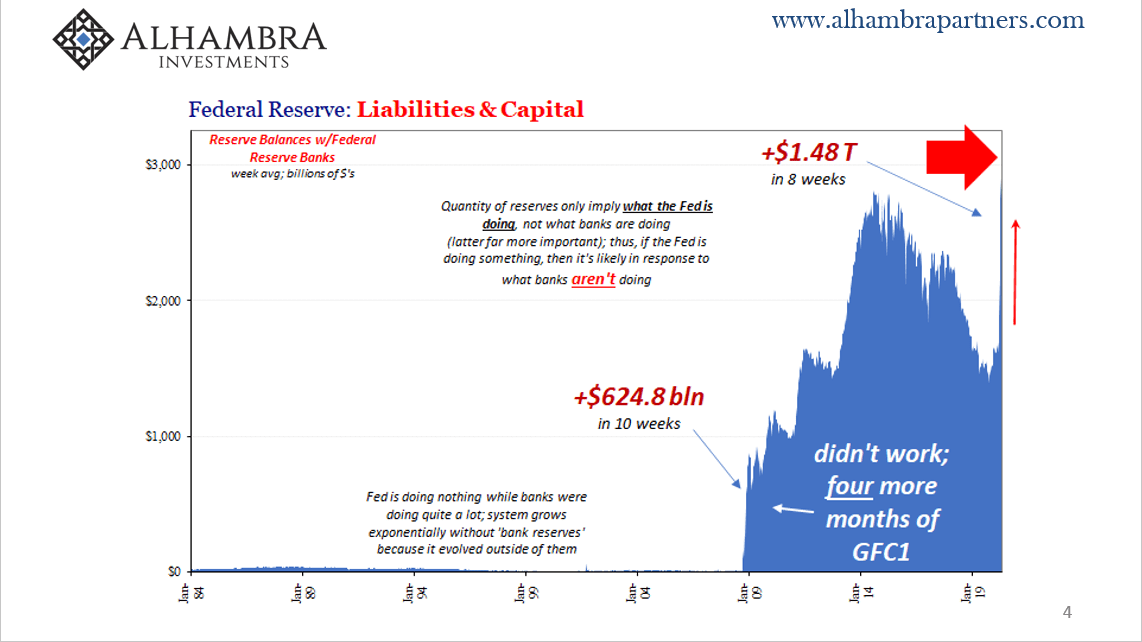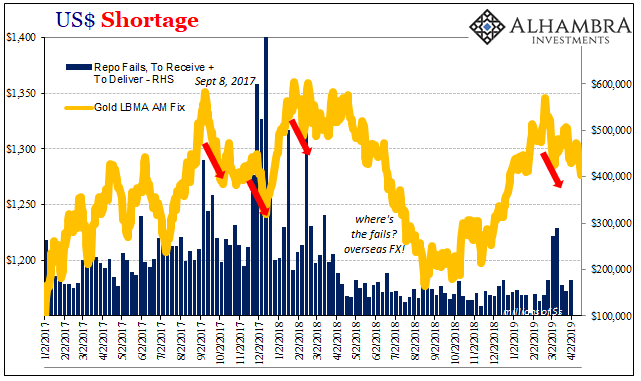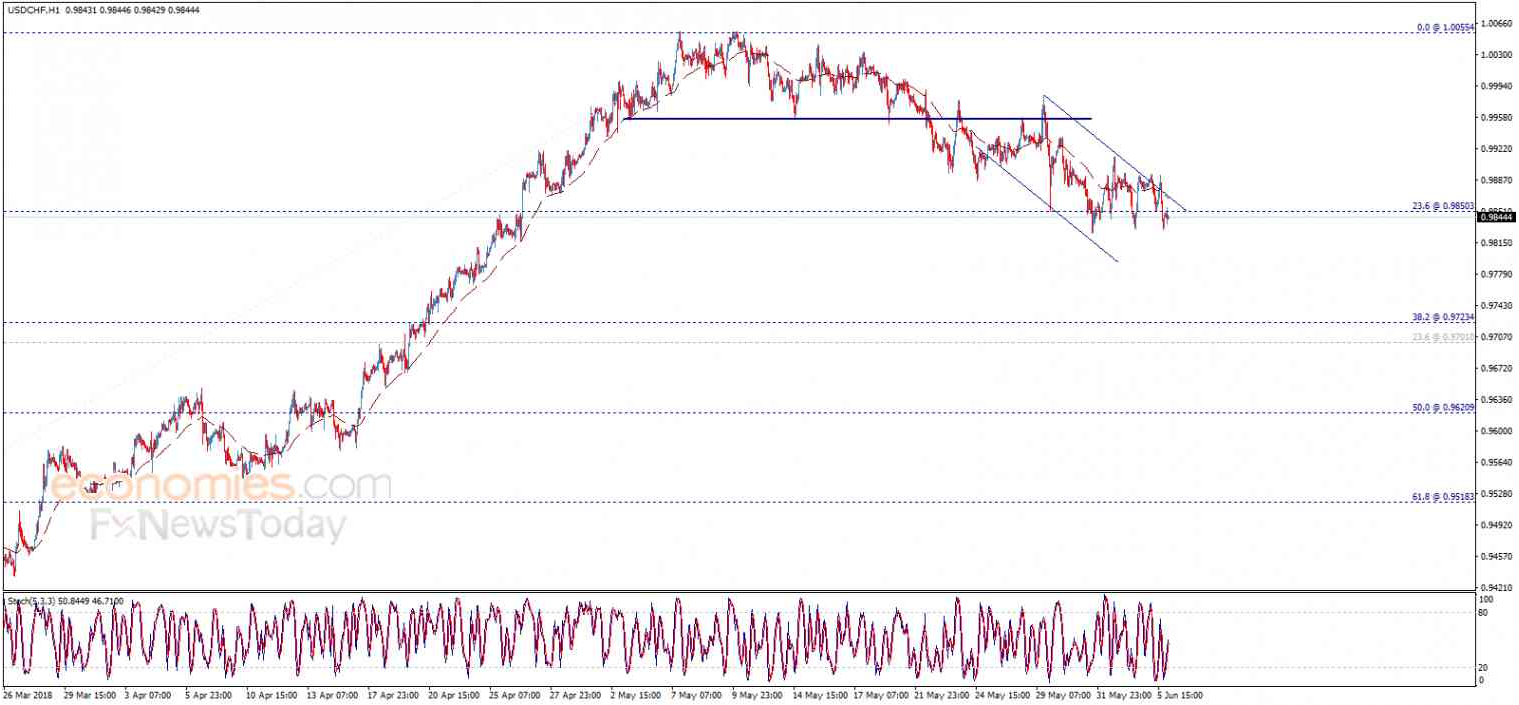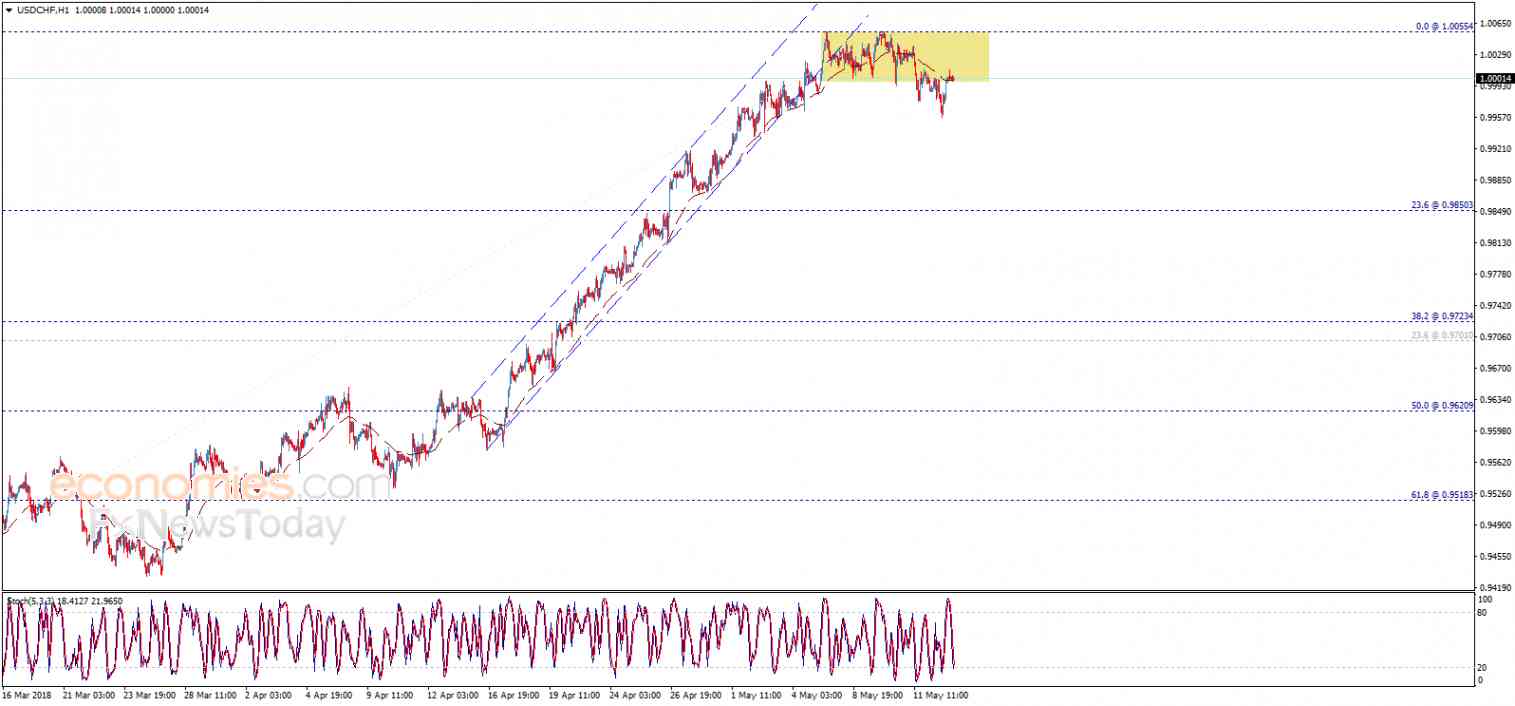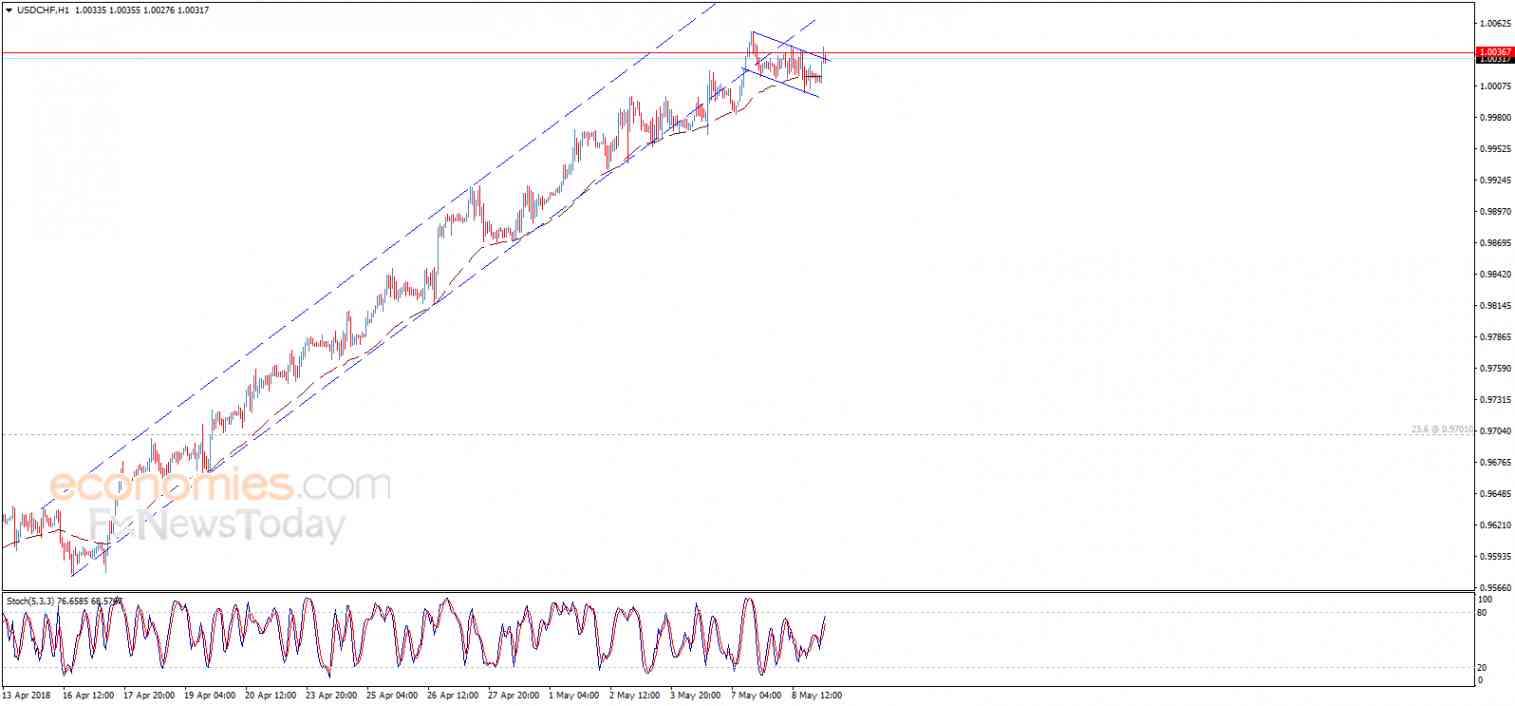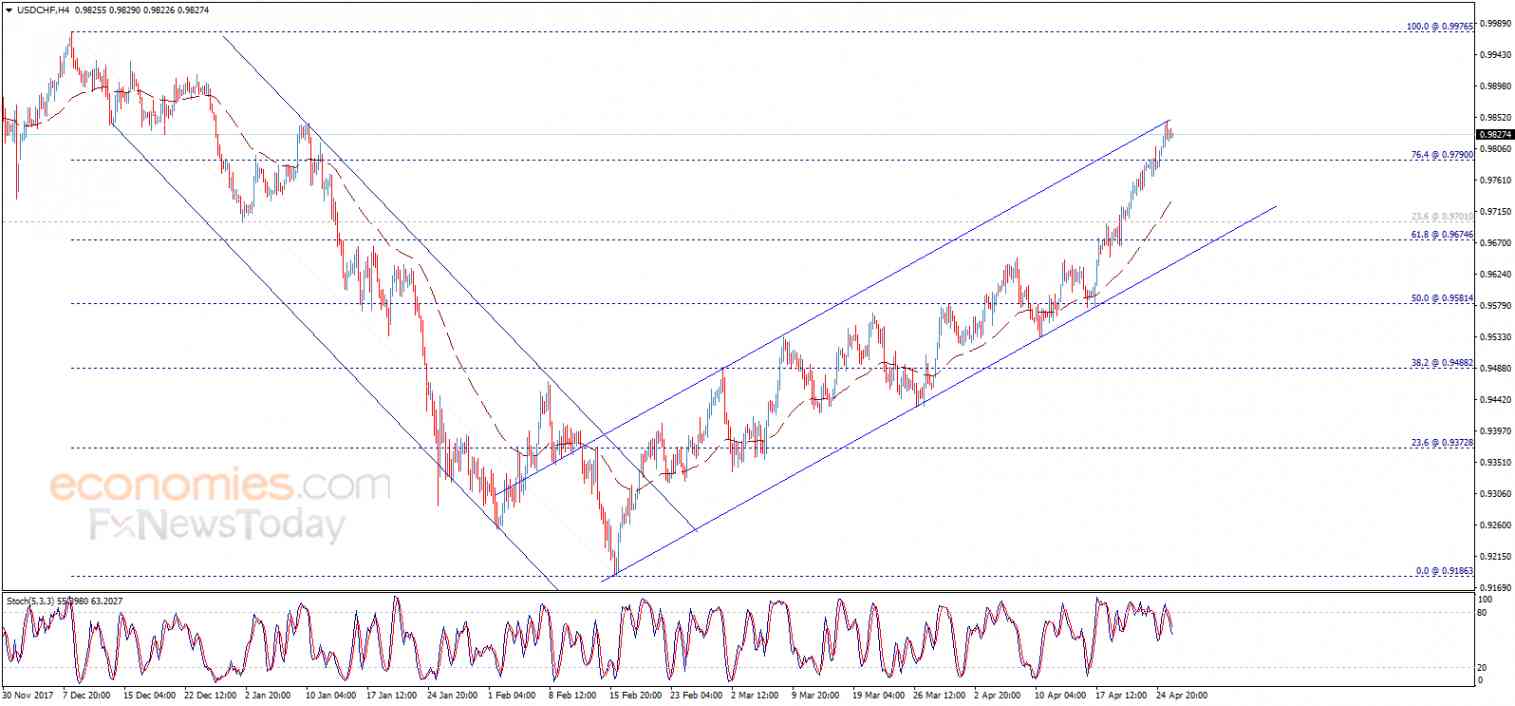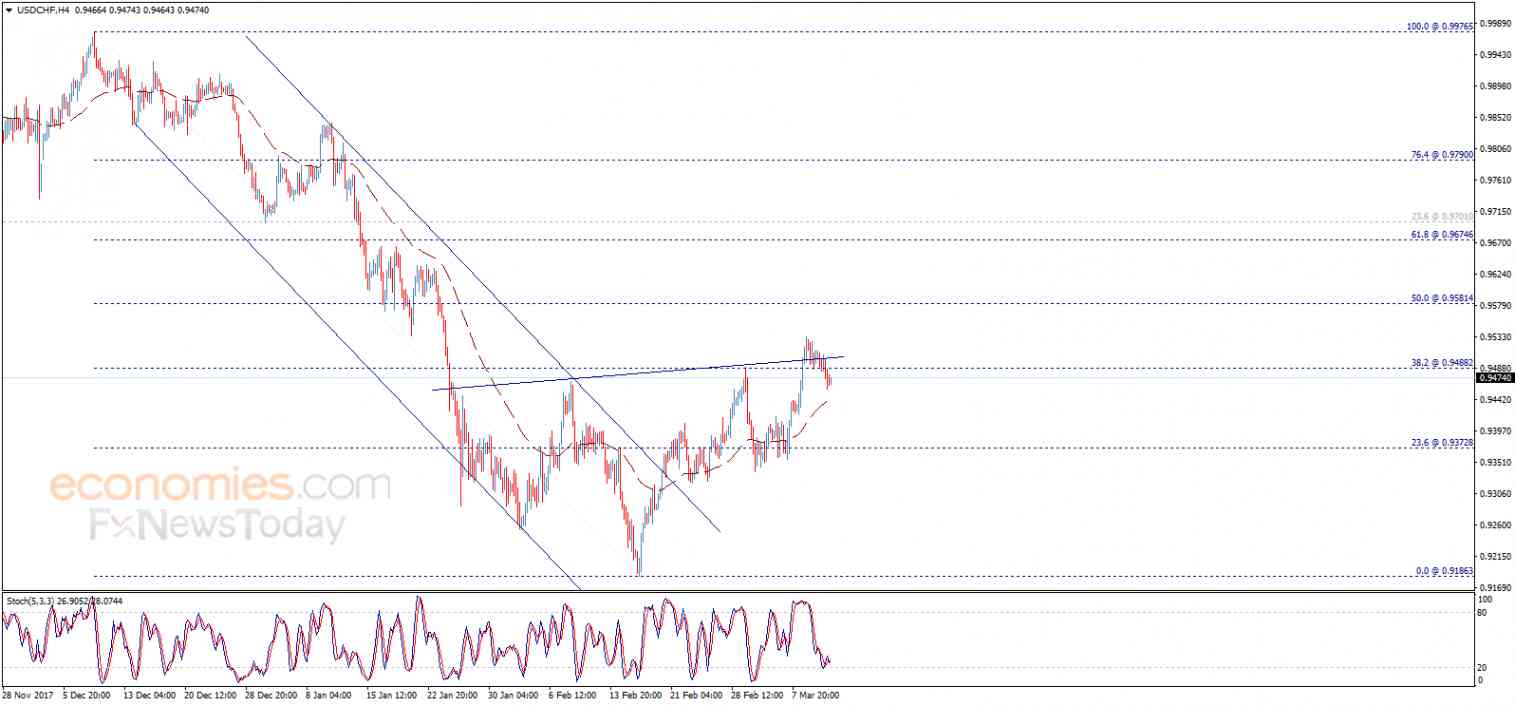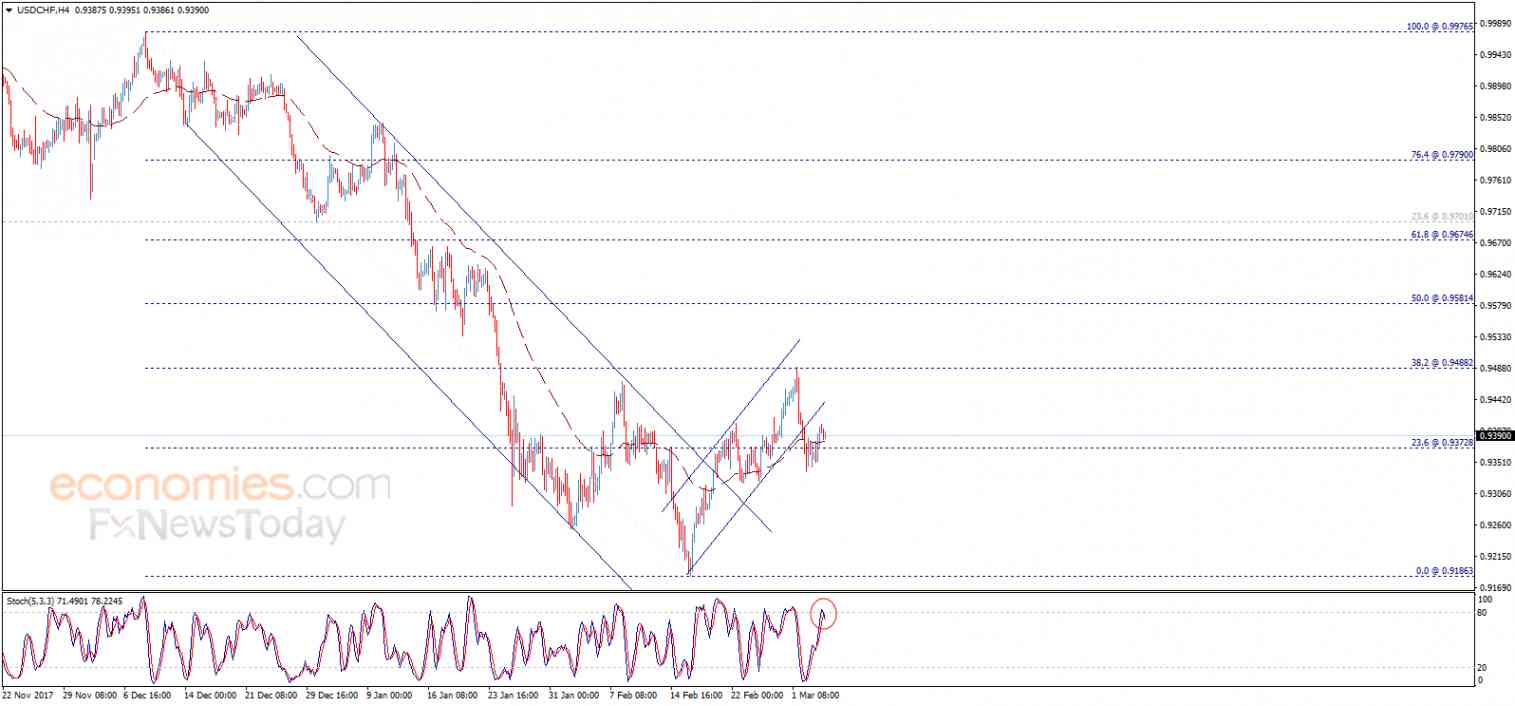The main drivers of the foreign exchange market have strengthened. This means that the current trends, especially euro strength and yen, sterling and dollar bloc weakness are likely to persist. The recent price action will likely reinforce the trader behavior of buying euros on pullbacks and selling into bounces of the other currencies.
We identify four such drivers: First, the tightening of monetary conditions in the euro area, amid some evidence that the regional economy is recovering and the German locomotive itself finding better traction.
Second, the deterioration of Japan’s trade balance and the aggressive pursuit of stimulative fiscal and monetary policy by the Abe government keeps downward pressure on the yen. The push back from the G7 is fairly modest. Their preference is for Japanese officials not to talk about bilateral exchange rate targets.
Third, the Federal Reserve remains committed to buying $85 bln of long-term securities a month. This likely to persist through the year. While we suspect Q4 GDP was a bit of an outlier, and may very well be revised up (already the newly released Dec construction spending points to a small upward revision), the economy remains weak. Growth here in Q1 is likely to be below 1.5% The irony is that job growth has picked up in recent months, and is perfectly consistent with a dramatic slowing of the economy from the 3.1% pace seen in Q3.
Fourth, despite this, there has been a general perception that the world economy has moved away from the edge of the abyss. The euro zone is going to be here for some time. The US avoided the politically-induced (as opposed to being forced by the investors) cold bath of the fiscal cliff and the outlook is better for H2 than H1. China’s economy appears to have averted a hard landing.
Last week, we identified some short-term, relatively low risk contrarian opportunities to pick a bottom in the Australian and Canadian dollars and sterling. The Canadian dollar was the only one that worked out. Sterling appeared to have, as the low for the week was set on Monday. It rallied about two cents by early Friday, but reversed and gave it nearly all back. The Australian dollar did rally almost a cent off Monday’s low but traded heavily all week and set the lows for the week just before the weekend.
The forces we have discussed may continue to lead to these currencies under-performing on a trend basis. We now expect the euro to rally into the $1.42-$1.45 area and for the dollar to rise toward JPY97-98.
The main risk next week to these trends emanates from the ECB meeting. The monetary conditions are tightening prematurely in the euro area. It is one thing to believe that EMU will survive, it is quite another to think that it economic and financial challenges have been resolved. The economies are not sufficiently strong, especially but not only the periphery. France and the Netherlands, for example, are still contracting.
The ECB could cut interest rates. While we recognize the odds as greater than zero, we would subjectively estimate it to be no more than 1 in 10. It is true that Draghi has, in his short tenure, surprised most observers with his decisiveness: cutting interest rates at his first two meetings he presided over, introducing the LTRO and then OMT. However, interest rates are low (refi at 75 bp), and the tightening of monetary conditions is, in many ways, a healthy normalization, as banks are less reliant on ECB funding. We suspect Draghi’s first line of defense will be verbal. At the press conference we expect him to reassure the market that there is much wood to be chopped before the ECB will sanction higher rates.
Turning to the positioning in the futures market, we share the following observations:
1. Gross euro longs are growing, but the gross short position is still substantial. At 66.3k contracts, the gross shorts are the second largest, behind the Japanese yen among these currency futures. This warns that the capitulation trade may not have taken place yet.
2. The net short yen position increased for the first time since mid-December. This suggests that part of the yen’s recent weakness came from speculators jumping back in, chasing the market as it were.
3. The net long sterling position has been culled and at 10.6k contracts, is the smallest in two months. Given the price action since the end of the CFTC reporting period, it would not be surprising to see the net position switch to the short side in the next report.
4. There was a large swing in Canadian dollar positioning. It appears that bulk of the long positions that were cut flipped to the short side. The gross long position is the smallest since mid August.
5. There remains a substantial long net and gross Australian dollar position. These remain vulnerable.
6. We note that the increase in volatility has seen an increase in activity. We look at 14 gross positions (long and short for seven currency futures). During the most recent reporting period five of these positions moved by 10k contracts or more. In the previous reporting period there was only one.
| week ending Jan 29 |
Commitment of Traders |
|
|
|
(speculative position in
000’s of contracts) |
|
|
|
Net |
Prior Week |
Gross Long |
Change Gross Long |
Gross Short |
Change
GrossShort |
|
| Euro |
27.5 |
21.4 |
93.8 |
10.0 |
66.3 |
3.9 |
|
| Yen |
-71.2 |
-64.1 |
48.5 |
6.5 |
119.7 |
13.7 |
|
| Sterling |
10.6 |
17.9 |
58.0 |
-2.2 |
47.4 |
5.1 |
|
| Swiss Franc |
4.1 |
6.4 |
12.0 |
-3.2 |
7.8 |
-1.0 |
|
| C$ |
35.1 |
58.0 |
53.9 |
-12.3 |
18.9 |
10.6 |
|
| A$ |
85.3 |
97.0 |
124.8 |
-19.3 |
39.2 |
-7.5 |
|
| Mexican Peso |
149.0 |
150.0 |
156.9 |
-3.0 |
8.0 |
-1.9 |
|
Are you the author?
He has been covering the global capital markets in one fashion or another for more than 30 years, working at economic consulting firms and global investment banks. After 14 years as the global head of currency strategy for Brown Brothers Harriman, Chandler joined Bannockburn Global Forex, as a managing partner and chief markets strategist as of October 1, 2018.
Previous post
See more for 4.) Marc to Market
Next post
Tags:
Canadian Dollar,
Commitments of Traders,
COT,
Currency Positioning,
FX Positioning,
Japanese yen,
Marc Chandler,
MXP,
Net Position,
Non-Farm,
Peso,
Speculative Positions




















